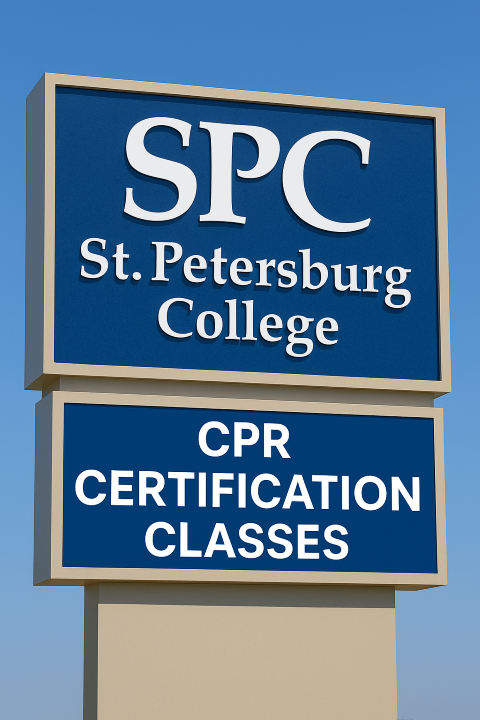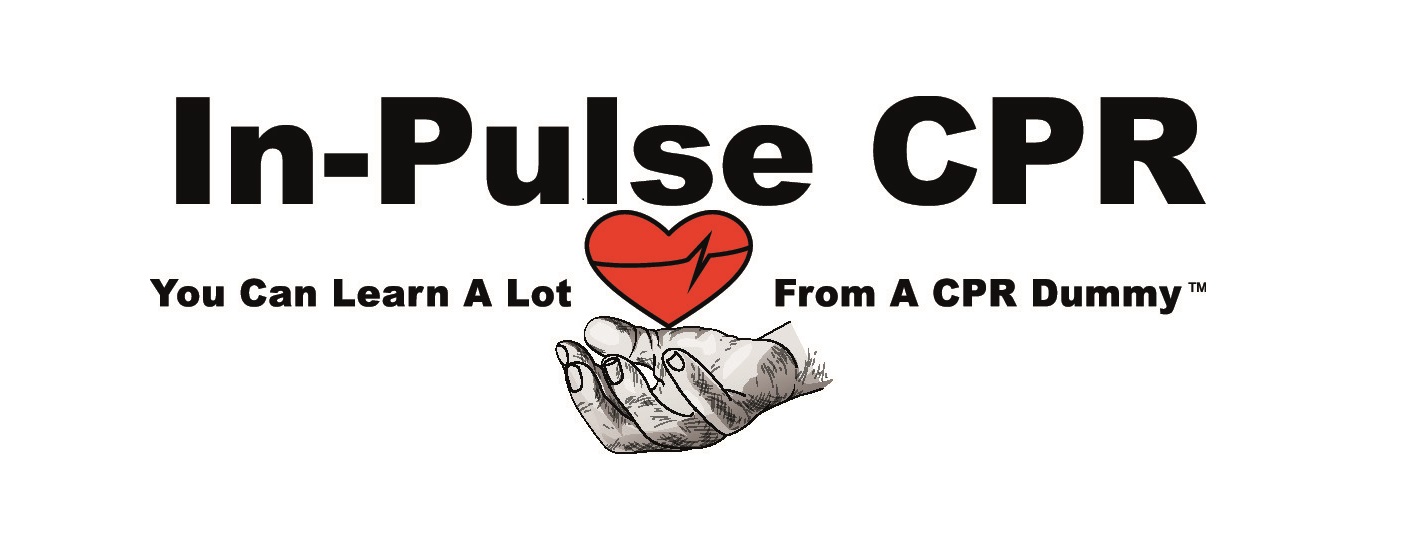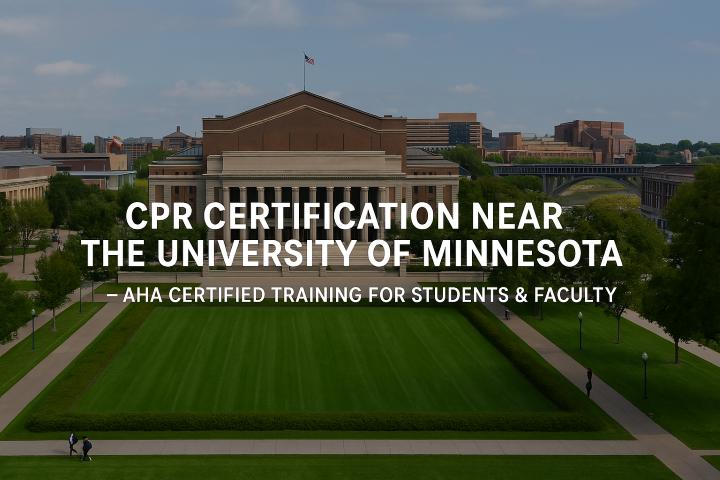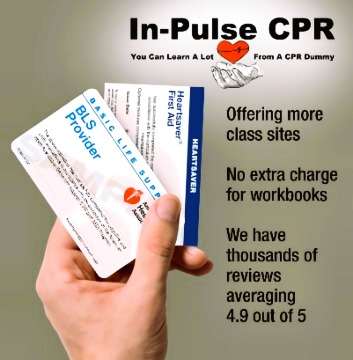CPR Certification Classes in Cleveland, TN
Trusted BLS, CPR, and First Aid Training by In-Pulse CPR
Looking for CPR certification in Cleveland, Tennessee? Whether you’re a nursing student, teacher, new parent, coach, or healthcare professional, In-Pulse CPR offers American Heart Association (AHA) certified CPR, BLS, AED, and First Aid training that meets your needs—right here in Bradley County.
With over 150,000 students trained nationwide, In-Pulse CPR is a top provider of hands-on, in-person training led by expert instructors. We offer flexible class times, small group sizes, and instant certification cards so you can get trained and certified the same day.
Why Choose In-Pulse CPR in Cleveland?
✅ AHA Certified CPR, BLS, and First Aid Training
✅ Convenient Local Classes in Cleveland, TN
✅ Perfect for Medical & Non-Medical Participants
✅ Group & On-Site Training Available for Offices, Schools, & Facilities
✅ Instant Digital AHA eCards Provided
✅ Rated 5-Stars for Instructor Quality & Student Confidence
Upcoming Cleveland CPR Classes
We regularly offer:
- BLS for Healthcare Providers
- Heartsaver CPR/AED
- CPR with First Aid Combo Courses
- Pediatric CPR & First Aid for Childcare Providers
- Custom On-Site Training for Groups & Businesses
👉 View Full Tennessee Class Calendar »
Serving the Cleveland, TN Community
Our classes are popular with students and professionals from:
- Lee University
- Cleveland State Community College
- Tennessee College of Applied Technology (TCAT – Athens or Chattanooga campuses)
- Bradley Healthcare & Rehabilitation Center
- Tennova Healthcare – Cleveland
If you’re in downtown Cleveland, South Cleveland, Hopewell, or Wildwood Lake, we have class options nearby. We also serve neighboring areas like Athens, Charleston, Georgetown, and Benton.
Corporate & Group CPR Training in Cleveland
Have a group of 5 or more? We’ll come to your business, school, or facility for convenient on-site CPR training. Ideal for:
- Medical & dental offices
- Manufacturing & warehouse teams
- Schools & daycare centers
- Fitness centers & community groups
📞 Call (423) 275-2940 to schedule group training in Cleveland or surrounding areas.
What Makes Us Different from Other CPR Providers
Unlike many competitors—such as We R CPR® in Chattanooga or American Red Cross online courses—In-Pulse CPR focuses on local, hands-on training that builds real confidence. Our in-person approach ensures students retain life-saving skills, not just pass a quiz.
We’re not just another CPR class provider—we’re a teaching partner for Tennessee’s healthcare and education community.
👉 Register today for an upcoming CPR class in Cleveland, TN!
Get certified fast. Get trained by the best. Get peace of mind.



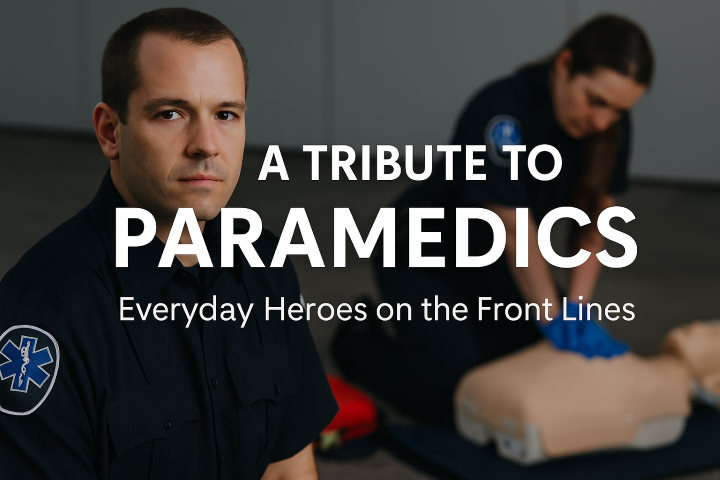

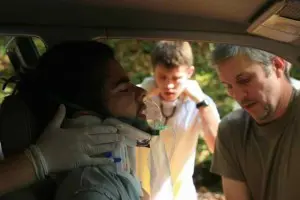 y of a paramedic is compassion. They often times will be our support system when a crisis happens. They will hold our hand and assure us things will be okay even when we feel that our world is crashing in. These compassionate soles are truly angels in disguise
y of a paramedic is compassion. They often times will be our support system when a crisis happens. They will hold our hand and assure us things will be okay even when we feel that our world is crashing in. These compassionate soles are truly angels in disguise
